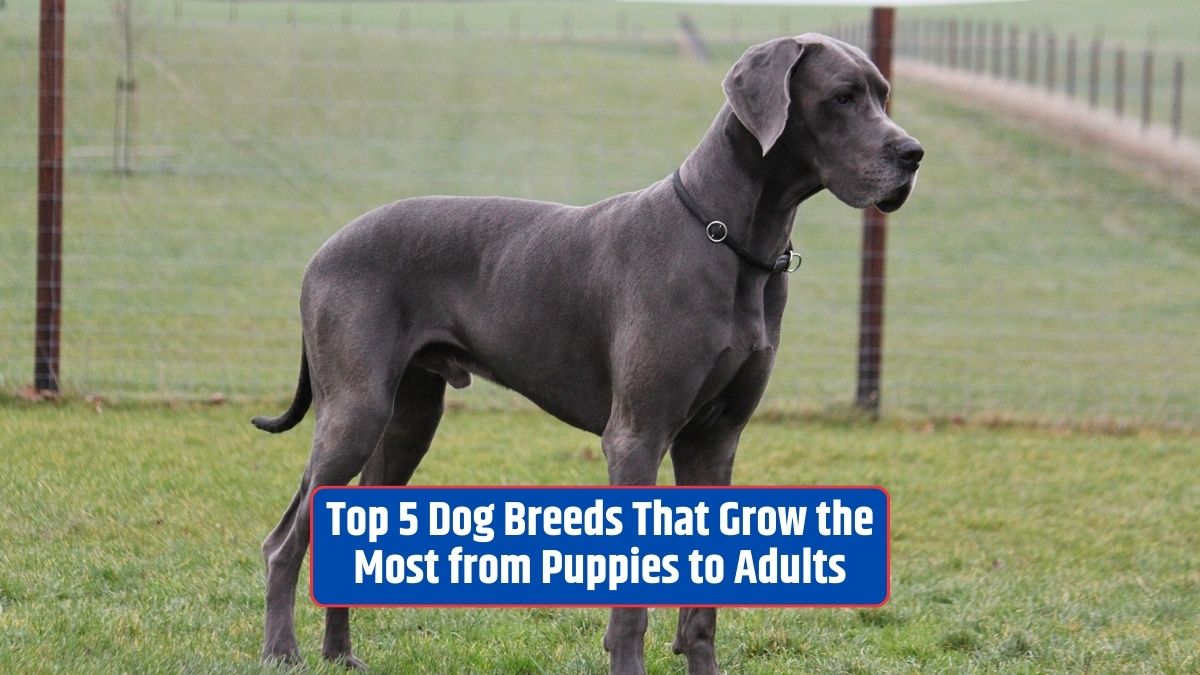Siberian Huskies are undeniably captivating, with their striking blue eyes and majestic appearance. These Arctic canines have captured the hearts of dog lovers worldwide. In this article, we’ll delve into the world of Siberian Huskies, uncovering seven fascinating facts about this incredible breed.
Whether you’re considering bringing one into your home or you’re simply a Husky enthusiast, these insights will deepen your appreciation for these remarkable dogs.
Ancient Origins
Siberian Huskies have a long and storied history. They are one of the oldest dog breeds, with their roots tracing back to the Chukchi people of Siberia.
These dogs were originally bred for sledding and to assist the Chukchi with transportation in harsh Arctic conditions. Their endurance and strength made them invaluable companions for this indigenous tribe.
Arctic Adaptation
The Siberian Husky’s evolution in the frigid Arctic environment has left an indelible mark on their physiology. Their double coat acts as a natural insulator, keeping them warm in extreme cold and cool in the heat.
The undercoat is thick and dense, while the outer coat is designed to shed water and snow, ensuring the dog stays dry. These adaptations make them well-suited for cold climates.
Sled Dog Heritage
Huskies are famous for their sled-pulling prowess. They are part of the group of dogs known as “working dogs,” a category that also includes the Alaskan Malamute and the Samoyed.
These dogs have an impressive ability to pull heavy loads over long distances, and the Husky’s determination and endurance make them exceptional sled dogs.
Independent Spirits
Siberian Huskies are renowned for their independence. They have a strong-willed nature and a bit of a mischievous streak. This can make training a Husky a unique challenge. While they are intelligent dogs, they have a stubborn side and may choose to follow their own instincts at times.
Playful Personalities
Despite their independent nature, Huskies are known for their friendly and playful personalities. They are often described as “forever young” because they retain their playful and puppy-like behavior well into adulthood. This characteristic makes them delightful companions for families and individuals alike.
Social Butterflies
Huskies are incredibly social dogs and thrive on human interaction. They enjoy being part of a pack and need companionship to stay happy and well-adjusted.
Leaving a Husky alone for extended periods can lead to boredom and destructive behavior. They are happiest when they have both human and canine company.
Vocalizations
One of the most distinctive features of Siberian Huskies is their vocal nature. They are known for their wide range of vocalizations, from howls and barks to “talking” with a unique language of their own.
This trait is a reflection of their heritage, as the Chukchi people encouraged vocal communication to coordinate activities during sledding.
Conclusion
In conclusion, Siberian Huskies are a breed that combines ancient heritage, Arctic adaptations, independent spirits, and a playful nature. Their unique characteristics and fascinating history make them a breed worth exploring and understanding.
Whether you’re considering adding a Husky to your family or simply appreciating them from afar, these seven facts provide insight into the captivating world of Siberian Huskies.
FAQs
Are Siberian Huskies good family dogs?
Yes, they can be excellent family dogs, especially when socialized and trained from a young age.
How often do Huskies need exercise?
Huskies are an active breed and require daily exercise, including walks, runs, and playtime.
Do Huskies get along with other pets?
Huskies can coexist with other pets, but early socialization is essential to ensure harmony in a multi-pet household.
Are Huskies easy to train?
Huskies are intelligent but can be stubborn, so consistent training and positive reinforcement techniques work best.
Do Siberian Huskies shed a lot?
Yes, Huskies are known for shedding, particularly during seasonal changes. Regular grooming can help manage their shedding.









